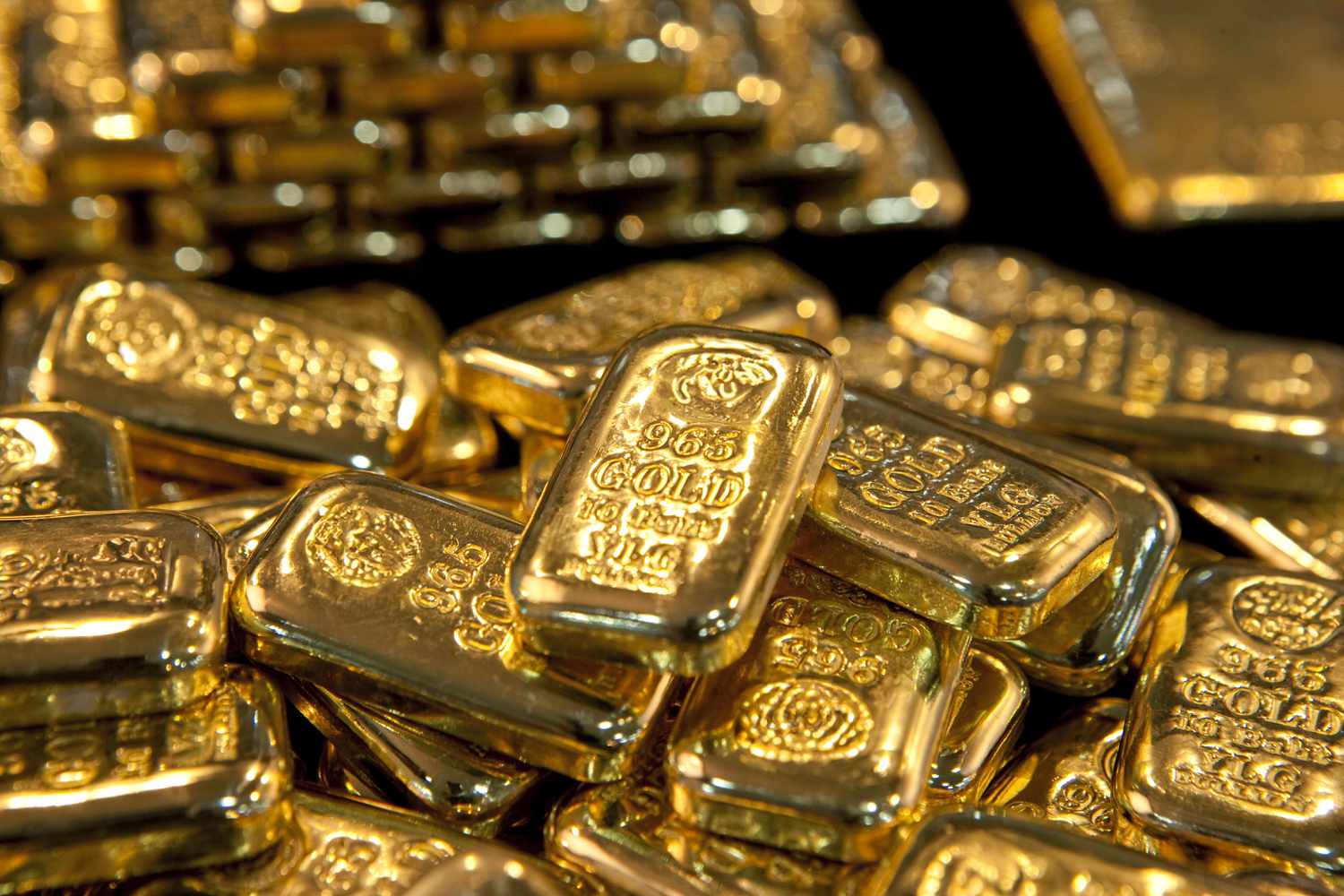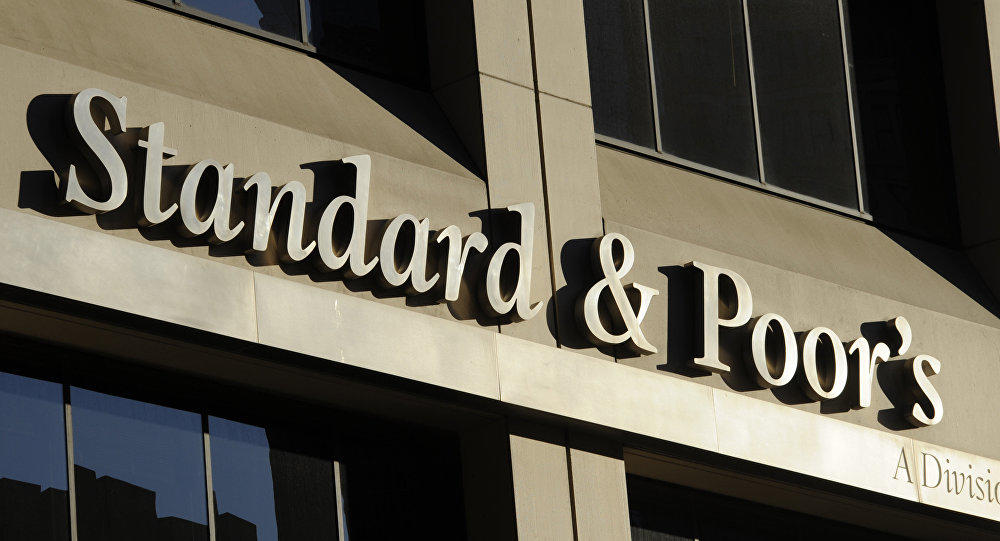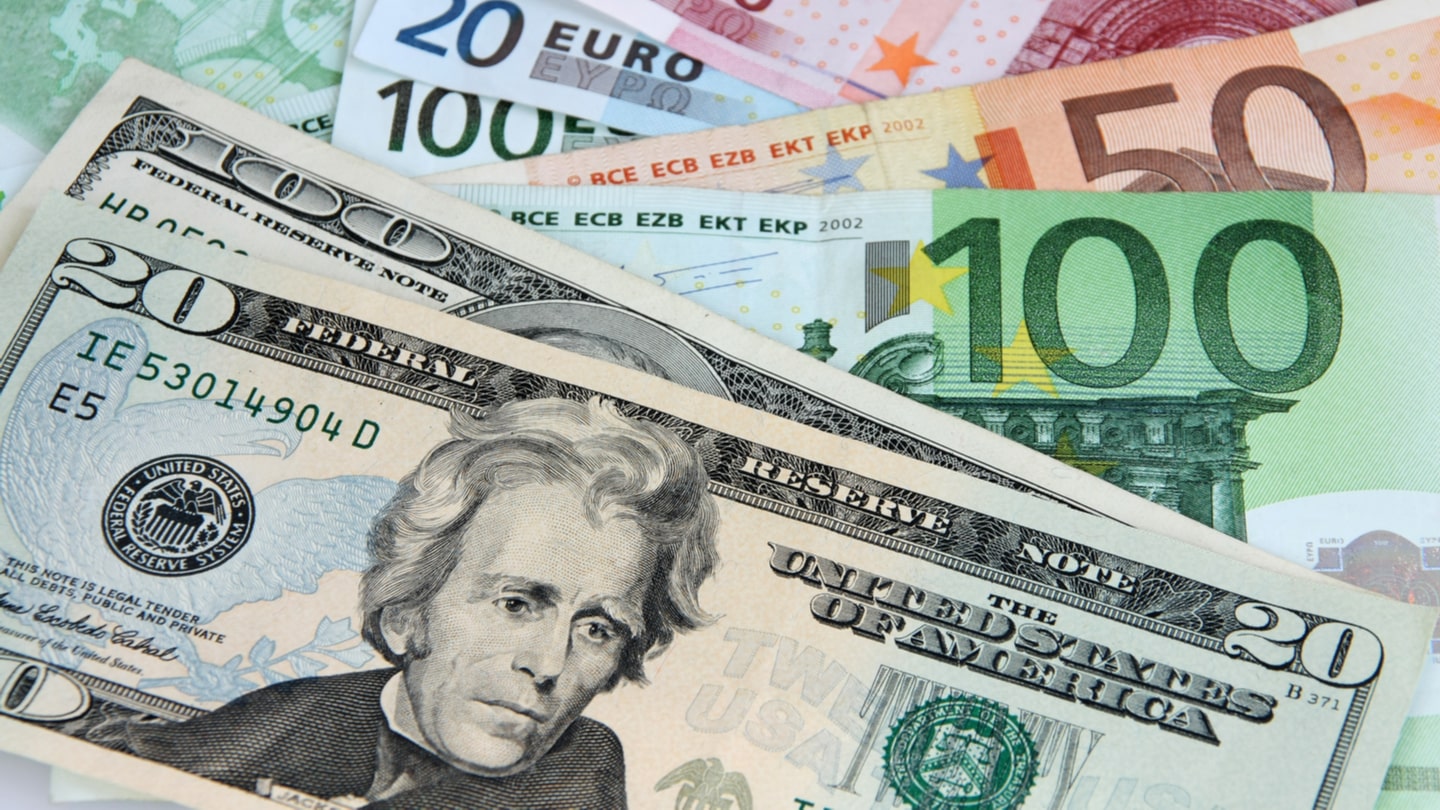Gold Pulls Back As Macro Risks Temporarily Subside

Linh Tran
Gold fell sharply in yesterday’s trading session, losing the $3,400/oz level as the broader macro risk backdrop gradually faded. The easing of geopolitical and trade tensions has led to a clear decline in safe-haven demand, stripping gold of part of its previous upward momentum.
On the trade front, the U.S. and China agreed to extend their tariff pause for another 90 days, a deal announced just hours before the previous deadline expired. President Donald Trump signed an executive order extending this “trade truce” until November 10, immediately removing the risk of an escalation in tensions. This positive development helped spark a “risk-on” sentiment across multiple asset classes, from equities to corporate bonds.
In the geopolitical arena, President Trump confirmed that he and Russian President Vladimir Putin will discuss “land swaps” related to Ukraine’s future borders at the upcoming summit in Alaska this Friday. While the outcome of these talks is difficult to predict, the prospect of direct dialogue between the two leaders is seen as a step toward de-escalation.
However, the Russia–Ukraine conflict remains a major uncertainty, prompting most investors to adopt a wait-and-see stance rather than making early bets on the outcome.
With safe-haven demand declining, gold—typically supported by waves of geopolitical concern—is now facing profit-taking pressure after its recent strong rally. Short-term capital flows are tending to shift toward riskier assets such as equities.
At this stage, the U.S. dollar and interest rates have become the key drivers of gold prices. If the dollar and U.S. Treasury yields continue to rise, the downward pressure on gold will intensify. Conversely, any surprises from this week’s key economic data—particularly the CPI report—could shift the Fed’s tone toward a more dovish stance, thereby providing support for gold to regain its upward momentum.
Overall, persistent net purchases by central banks continue to underpin the medium-term positive outlook for gold. However, in the short term, the temporary easing of macro risks and improving market sentiment could lead to a corrective pullback before gold finds new impetus from upcoming economic or geopolitical developments.
Tran is Market Analyst at XS.com





